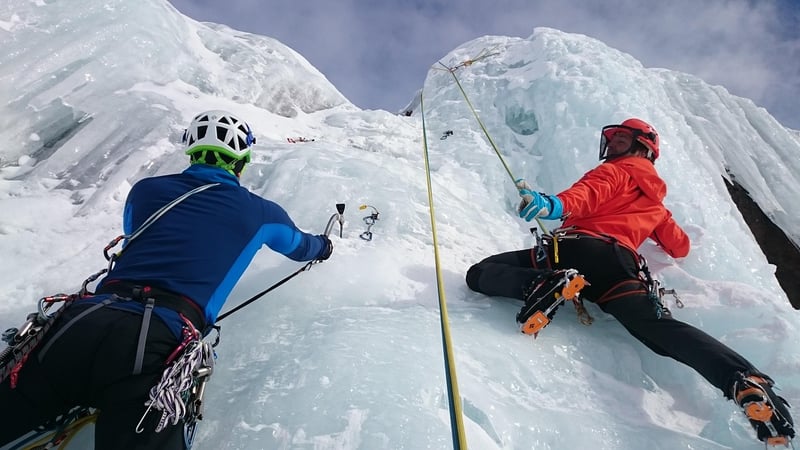Vertical Structures
Practical Advice for Beginners in Vertical Structures
Introduction
Welcome to the world of vertical structures! Whether you are new to climbing, bouldering, or any other vertical activity, it's essential to start with the right knowledge and tips to ensure a safe and enjoyable experience.
Tips for Beginners
Here are some practical tips for beginners venturing into the world of vertical structures:
1. Proper Gear
Invest in good quality climbing shoes, a harness, and a helmet. Your safety gear is vital, so make sure it fits well and is in good condition.
2. Learn the Basics
Take a beginner's course to learn essential climbing techniques, safety procedures, and how to use equipment properly.
3. Start Slow
Don't rush into difficult climbs. Begin with easy routes to build your strength, technique, and confidence gradually.
4. Warm-Up and Stretch
Before climbing, warm up your muscles and stretch to prevent injuries. This is crucial, especially for beginners.
5. Climb with Others
Always climb with a partner or in a group. Having a spotter or belayer adds an extra layer of safety and support.
6. Stay Hydrated and Energized
Bring water and snacks to stay hydrated and energized during your climbs. It's essential to fuel your body for optimal performance.
Vertical Structures
Vertical structures offer a unique challenge and a rewarding experience for climbers. From indoor climbing gyms to outdoor rock formations, there are various vertical structures to explore.
Types of Vertical Structures:
- Indoor Climbing Walls
- Outdoor Rock Faces
- Boulders
- Ice Walls
- Alpine Peaks
Each type of vertical structure presents its own set of challenges and requires specific skills and techniques to navigate successfully.
Conclusion
As a beginner in vertical structures, remember to prioritize safety, learn from experienced climbers, and enjoy the journey of improving your skills. With practice and dedication, you'll soon find yourself conquering new heights and pushing your limits in the world of vertical adventures!



